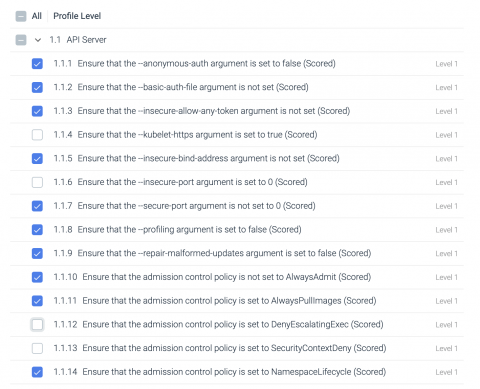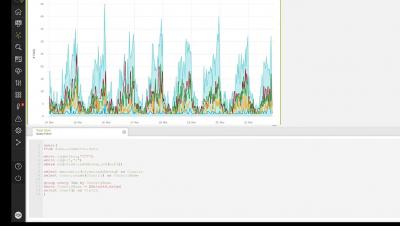A Guide to Mobile TLS Certificate Pinning (2019)
Cybersecurity professionals know what they’re up against. The type, number and severity of cyberattacks grows with time. Hackers display no shortage of cunning and ingenuity in exploiting security vulnerabilities, compromising important data and inflicting damage to both individuals and organizations. Cybersecurity professionals also know that their defenses must evolve along with the attacks, requiring them to display even more ingenuity than hackers when creating security tools.











